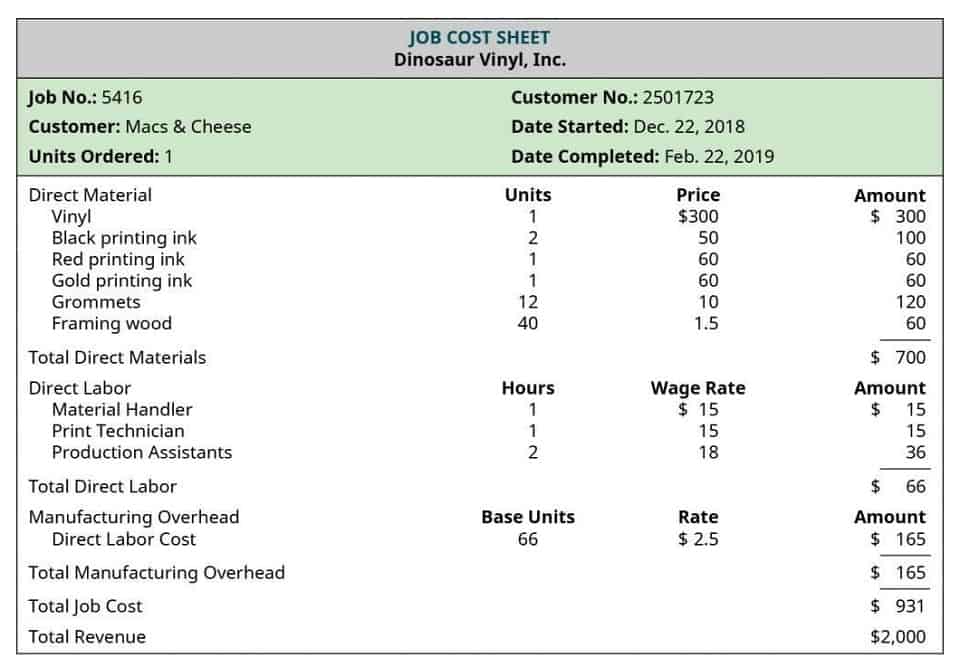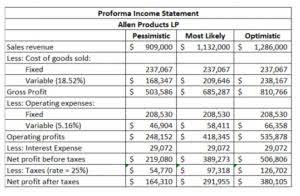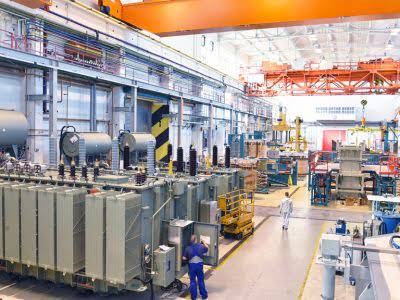
When it comes to financial accounting, it is essential to have a clear understanding of plant assets. Plant assets are an integral part of a company’s long-term operations, and their management and accounting play a crucial role in the overall financial health and performance of a business. Ultimately, plant asset management is about creating a culture of efficiency and continuous improvement. As businesses face pressure to maximize output while minimizing costs, adopting a robust plant asset management strategy becomes essential for long-term success and sustainability. In addition to buildings, plant assets also include both fixed and moveable equipment.

Key Takeaway

One distinguishing feature of plant assets is that they are not meant for resale. Unlike inventory or stock in trade, plant assets are acquired with the intention of using them in the production process or to support the company’s operations. These assets are expected to have a useful life that extends beyond the current accounting period.
Helping Learn Accounting – Financial & Managerial

Correspondingly, the cost of plant assets is allocated to multiple accounting periods through depreciation (with exception of land). This allocation is imperative for accurate representation of a company’s financial health. These assets also represent a significant investment committed to the company’s operations helping analysts and potential investors understand the company’s business strategy. Plant assets can take various forms depending on the nature of a company’s operations.
Maximize efficiencies across your warehouse with a customized warehouse labeling system.

Plant asset disposals do not include plant assets placed temporarily in idle service or the dismantlement of a portion of a unit that does not affect its useful life. In this article, we’ll explore the key components of plant asset management, its benefits, and how it differs from traditional asset management practices. Hence, plant assets are defined as proper management and assessment of plant assets are key to maintaining financial health and long-term sustainability in a business. These costs may include transportation fees, installation costs, legal fees, and any necessary modifications or improvements to the asset.
- In other words, they are the assets with a useful life greater than a year and are used to manufacture the goods and services that a company sells.
- In the world of industrial operations, plant asset management is a critical yet often overlooked practice.
- Named during the industrial revolution, plant assets are no longer limited to factory or manufacturing equipment but also include any asset used in revenue production.
- Contributions received should be credited to revenue unless the contribution is from a governmental unit.
The Role of Plant Assets in Business Operations
- As they will be used for more than one accounting period, they are subject to depreciation.
- These assets are considered essential for a company’s operations and contribute to its long-term success.
- Correspondingly, the cost of plant assets is allocated to multiple accounting periods through depreciation (with exception of land).
- When selecting a plant asset management software, it’s essential to consider factors such as scalability, integration capabilities, and industry-specific features that align with your organization’s needs.
- Led by editor-in-chief, Kimberly Zhang, our editorial staff works hard to make each piece of content is to the highest standards.
- The disposal of plant assets includes the sale, scrapping, demolition, or other loss of plant assets.
This proactive approach helps prevent breakdowns, reduce downtime, and extend recording transactions the useful life of assets. By carefully tracking and analyzing asset performance, businesses can make informed decisions about repairs, replacements, and upgrades, ultimately leading to cost savings and increased profitability. This specialized approach is essential for operations with significant capital investments, as it can dramatically reduce costs, improve productivity, and extend the lifespan of crucial assets. By implementing a comprehensive plant asset management system, companies can optimize their maintenance schedules, reduce downtime, and make data-driven decisions about asset replacement and upgrades.
Advance Your Accounting and Bookkeeping Career
PP&E are vital to the long-term success of many companies, but they are capital intensive. Accounting definition Companies sometimes sell a portion of their assets to raise cash and boost their profit or net income. As a result, it’s important to monitor a company’s investments in PP&E and any sale of its fixed assets. They consist of long-term tangible property that businesses use to produce goods and services. This category includes physical items like land, machinery, buildings, vehicles, and equipment. Property, Plant, and Equipment are critical to a company’s operations and long-term growth.
- Plant assets are initially recorded at cost plus all expenditures necessary to buy and prepare the asset for its intended use.
- Ultimately, plant asset management is about creating a culture of efficiency and continuous improvement.
- The disposal of plant assets requires consideration of market value, decision-making, and appropriate accounting treatment.
- This allocation is imperative for accurate representation of a company’s financial health.
- You’ll learn what they are, see examples come to life, and discover strategies for smart management that could save money while boosting efficiency.
- Plant assets are a part of non-current assets and are usually the largest group of assets one can find in the financial statements.
- They are known to have a useful life of more than one year and chiefly cater to the production, supply, administrative functions, and rental activities of an organization.
Land and Land Improvements

Proper management and accounting of plant assets are crucial for a company’s financial stability and growth. It involves various aspects, such as the acquisition, recording, depreciation, and disposal of these assets. The overall value of a company’s PP&E can range from very low to extremely high compared to its total assets. When a company buys a new plant asset, it records Certified Bookkeeper the cost of the asset in its balance sheet.